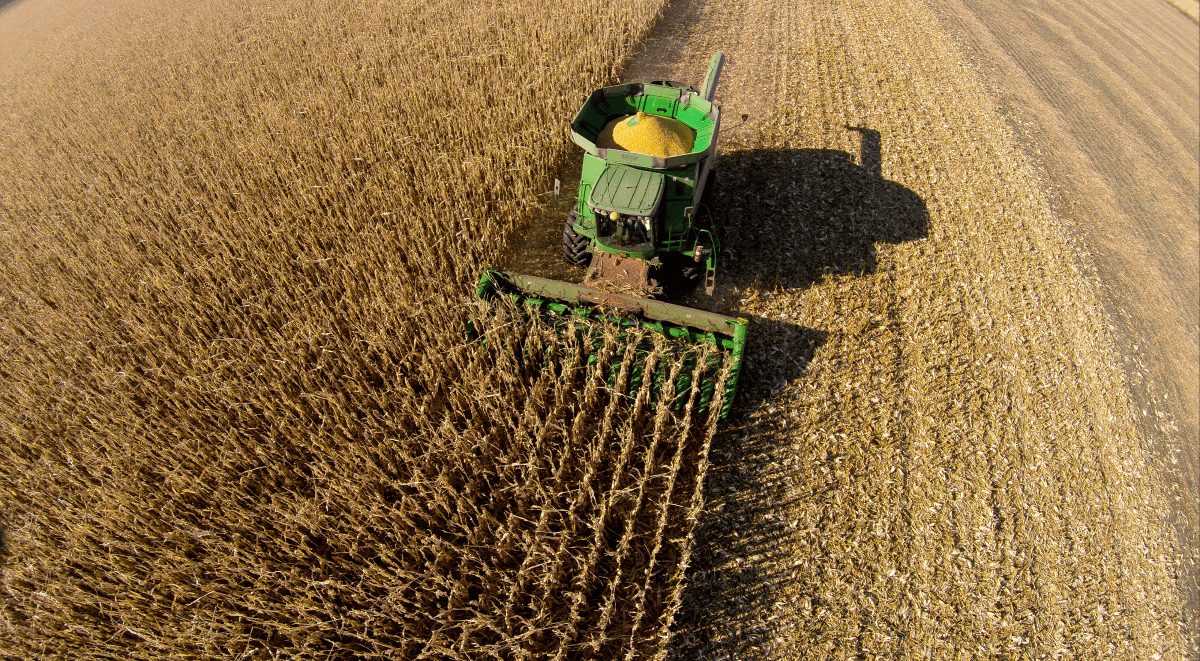Climate-Smart Agriculture
By United Country Real EstateFebruary 12, 2024

Learn why everyone is talking about Climate-Smart Agriculture and what it means for future food security amidst climate change.
Climate-Smart Agriculture
The Climate
Smart Agriculture term has entered the global market as a direct response to
climate change. Although climate shift
in general is a complex topic, at this time it’s set to have a major impact on future
food security. U.S. Department of Agriculture is bringing this topic to the forefront of conversations as it is an
essential part of climate and agricultural impact.
What is
Climate-Smart Agriculture?
In
simplified terms, climate-smart agriculture is a set of farming methods that
help farmers, ranchers, and forest landowners respond to climate change. The
main mission of CSA is to support food security by addressing the challenges of
climate change.
With the
global agrifood system emitting one-third of all emissions, there is a growing
need for an approach that helps guide actions to transform agri-food systems
towards green and climate-resilient practices. Not only the USDA but also the
Food and Agriculture Organization of the United Nations are hard at work to
develop practices that increase productivity, enhance resilience, and reduce
emissions.
CSA recommendations
are context-specific and can be affected by local economic, environmental, and
climate change factors. The main goal of CSA is to create and support policies,
strengthen national and local institutions, and provide additional funding and
access to financing options to make implementation possible on a local level.
How can
CSA improve agriculture in the long term?
Increased Productivity
Increased
productivity can be gained by growing better-quality foods without putting a
strain on natural resources. Making changes by transitioning to low-till
farming, using cover crops, or introducing precise lower amounts of carbon
fertilizer can help with minimum soil disturbance and lower greenhouse gas
emissions.
Improved Resilience
Enhanced
resilience can be achieved by reducing vulnerability to droughts, pests,
diseases, and other climate-related risks and shocks. An important part of this
strategy is improving the capacity to adapt and grow in the face of longer-term
stresses. From
climate-resilient crop varieties, rotational stocking systems, and water
management, farmers create a more resilient business environment.
Reduced Emissions
Reduced
emissions can be attained by mitigating greenhouse gas emissions of the food
system and avoiding deforestation due to cropland expansion.
Global
Approach to Climate-Smart Agriculture
Climate-smart
agriculture isn’t exceptionally different from sustainable agriculture but it’s
a way of combining sustainable methods to take on specific climate challenges
of a farming community.
The
long-term climate is set to directly disrupt food security. From reducing
overall access to food to affecting food quality, it’s becoming a real danger.
As of March 2023, 8.5% of the world’s population (659 million people) lived in
poverty. Without delivering solutions, falling crop yields, especially in the
world's most food-insecure regions, will push even more people into
poverty.
CSA is reaching
internationally agreed goals such as the Sustainable Development Goals (SDGs) and
aligning the World Bank Operations with the Paris Agreement. To reach the Paris Agreement’s objectives,
significant climate mitigation action in the agri-food sector must be achieved.
Agriculture, being the primary cause of deforestation, puts large and important
ecosystems in danger. Since the Paris Agreement requires parties to use CSA
practices, it’s becoming a major part of new agriculture operations.
Climate
Smart Agriculture has recently also become a staple in humanitarian
organizations, including the previously mentioned World Bank. As of July 2023,
CSA is at the core of all the World Bank's new agriculture and food operations.
This is significant progress when it comes to reducing greenhouse gases and
building resilience to climate change.
Why
is CSA different?
While many
practices are climate-smart, CSA isn’t exactly a universal set of defined rules.
Instead, it is an approach to agriculture that involves many different
elements.
The overall
methodology begins with expanding the evidence base, which is made up of the
current and projected effects of climate change. Identifying key
vulnerabilities in the agricultural sector and food security is the key to the
effective implementation of the CSA.
The other
part is the development of relevant policies, plans, investments, and
coordination across processes and institutions responsible for agriculture,
climate change, food security, and land use.
The final
element of the CSA approach is enhancing financing options by linking and
blending climate and agricultural finance and investments from the public and
private sectors.
While the
above summarizes the three major objectives, sustainably increasing
agricultural productivity, adapting, and building resilience to climate change;
and reducing greenhouse gas emissions, CSA is overall the main way to help
reduce the climate impact in modern agriculture.
